Mercedes GLA

You would expect better from Mercedes. We did but not everything they do turns out great. The GLA received the lowest owner satisfaction score on a survey conducted by Consumer Reports, and only 44% said they'd ever consider purchasing another GLA.
This car is small, cramped, and expensive with a stiff ride, a loud interior, poor visibility, and a bad gearbox. That's just the tip of the iceberg of complaints.
Lada Riva

The Lada Riva, Russia’s gift to the automotive world, is a relic that refuses to fade away. Built like a tank, but with the grace of a brick, this Soviet-era sedan is famed for its brutal simplicity and sheer indestructibility. However, its charm ends there.
The Riva’s ride quality is more like a theme park attraction—bumpy and unpredictable. Its outdated design, coupled with an interior that seems to actively repel comfort, makes it a tough sell. Yet, despite its myriad shortcomings, the Riva’s utilitarian spirit keeps it chugging along in parts of the world where other cars dare not tread.
Mini Cooper Clubman

The Mini Cooper is a fun car that people around the world adored, so they released the Clubman version about seven years after the original. The Clubman is essentially a stretched-out version of the original with a couple of extra doors slapped on it.
Add to that a high price tag, poor gas mileage, and the usual mini problems (transmission failure, particularly), and it's not surprising this car makes this list.
Volkswagen Fox
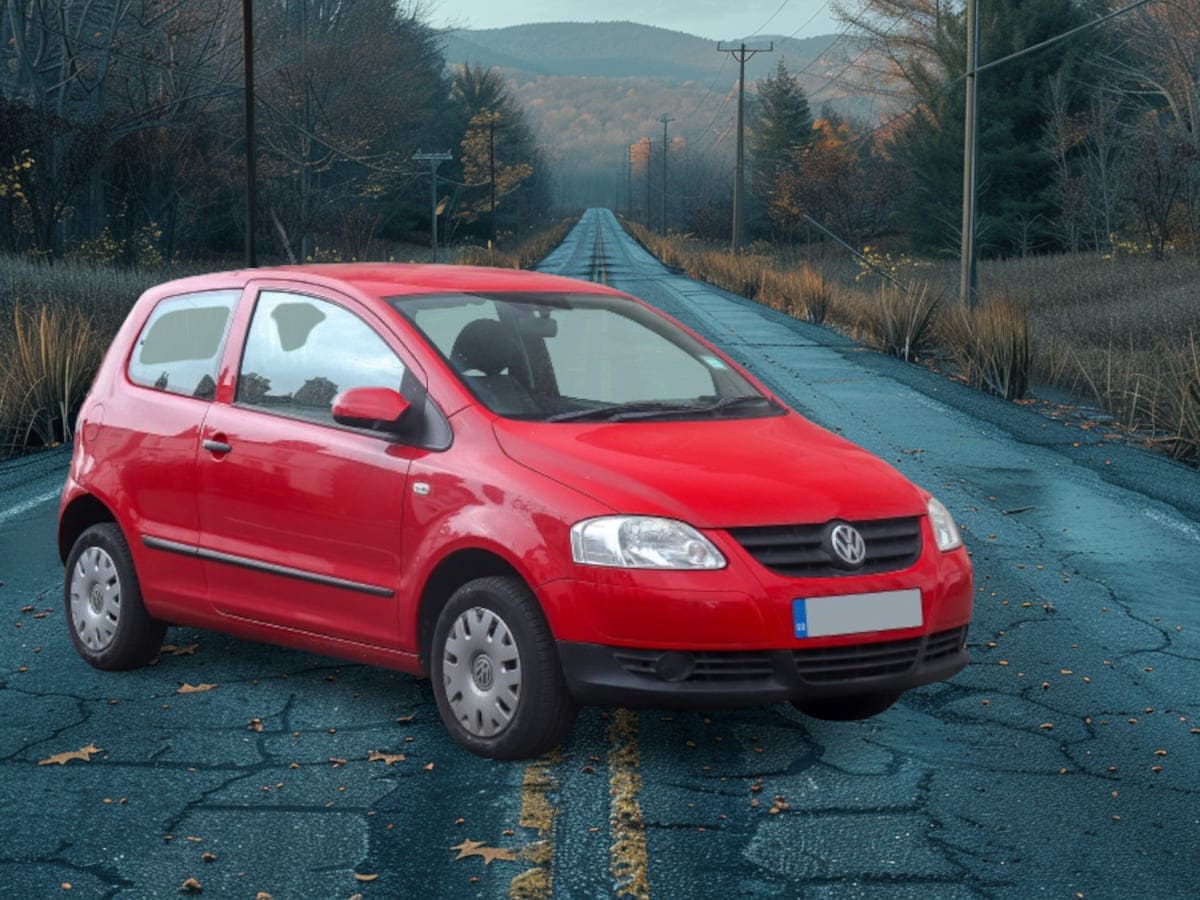
The Volkswagen Fox, designed specifically for the Brazilian market, sought to provide utility and adaptability in a tiny vehicle. It debuted in the early 2000s, impressing with its large cabin and agile handling, making it excellent for traversing congested city streets. However, the Fox was criticized for its minimal features and lack of refinement when compared to Volkswagen's worldwide offerings.
Despite these issues, it gained popularity because of its dependability and price, which appealed to cost-conscious purchasers. The Fox's history in Brazil exemplifies Volkswagen's policy of catering to local tastes while combining cost-effective engineering with daily usability in the competitive small vehicle market.
Nissan Titan

Consumer Report's worst compact truck, the Titan, has a predicted low reliability as it ages. The Titan faces complaints of a rough ride, unoriginal styling, and the lowest max-towing capacity in its class.
Nissan's Titan was an attempt at dethroning domestic rivals, but it ultimately fell short of its goal. Maybe with a little more innovation and originality, it could have done so.
Jaguar X-Type

The Jaguar X-Type, marketed as a "baby Jaguar" in the early 2000s, aimed to broaden the brand's appeal with a more affordable entry. However, it faced criticism for its perceived lack of distinctive Jaguar characteristics and shared platform with the Ford Mondeo.
Built on a Ford Mondeo platform (fancy that!), the X-Type had about as much Jaguar DNA as a tabby cat in a leopard costume. It handled well enough, sure, but it lacked that je ne sais quoi that makes a Jag purr.
While it found a cozy niche among those seeking a comfy ride with a posh badge, for true Jaguar enthusiasts, the X-Type was about as exciting as lukewarm tea. Meow... or should we say, meh?
Mercedes CLA

Another Mercedes model that fell short of the mark. Evidently, luxury isn't everything. The CLA has below-average reliability, plus sluggish and lagging acceleration.
All that coupled with a cramped interior just makes the base price tag seem even less worth it.
Fiat Strada
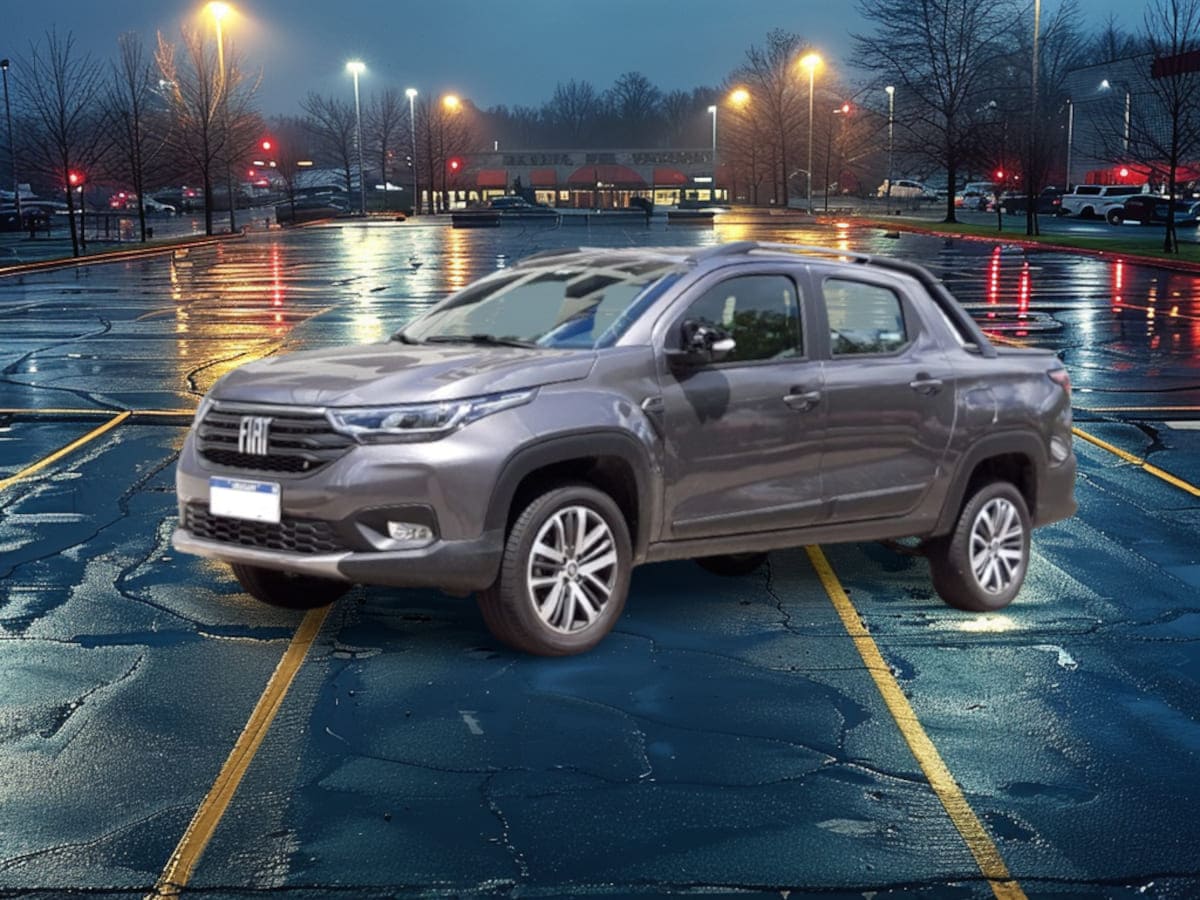
The Fiat Strada, an Italian small pickup vehicle, aimed to combine efficiency with European flair. Introduced in the 1990s, it was designed to meet the needs of urban drivers who need a multipurpose car for both work and recreation. With its quick handling and small proportions, the Strada offered easy agility through metropolitan streets.
Alas, it received criticism for its restricted cargo capacity and outmoded design in comparison to competition. Despite these flaws, the Strada developed a devoted fanbase because to its cost-effective functioning and cheap price point. Its history demonstrates Fiat's effort to carve out a position in the highly competitive pickup truck industry by combining Italian elegance with practical function.
Kia Sportage

Released in the U.S. in the early '90s, the Sportage was seen as a lightweight, affordable SUV with minimal comforts and a severely underpowered engine (though it had four-wheel drive, so that's something).
Even now, with a few more bells and whistles, this car continues to underperform, and many find its competitors more fun to drive. It also has considerably less cargo space and worse fuel economy than its rivals.
Dacia Logan

The Dacia Logan, Romania's pride and joy in the automotive world, is a testament to simplicity and affordability. Built to be no-nonsense transportation, the Logan boasts a spacious interior and robust mechanicals, making it a favorite in emerging markets. However, critics often point out its lackluster design, dated technology, and a driving experience that's as thrilling as watching paint dry.
Despite efforts to update its image over the years, the Logan remains firmly rooted in utilitarianism, offering basic features at a budget-friendly price. While it may not win any beauty contests, the Dacia Logan earns respect for its practicality and reliability, proving that sometimes, less is indeed more — especially when it comes to getting from point A to point B without fuss.
Land Rover Discovery Sport

Land Rover is typically a brand that's known for creating quality SUVs, but this one fell flat on its face.
A finicky engine, boring interior, and sub-par overall acceleration and handling capabilities land the Discovery Sport on several worst lists.
Skoda Estelle

The Skoda Estelle, a Czech curiosity from the communist era, stands out for its rear-engine, rear-wheel-drive setup — a quirky choice that led to a driving experience best described as "entertaining." With handling that could turn a simple grocery run into a white-knuckle adventure, the Estelle’s unpredictable road manners were legendary.
Reliability was its middle name – if by "reliability" you mean "reliably unreliable." It formed such close bonds with mechanics, this car should've been invited to family dinners. Yet, like that eccentric uncle at family gatherings, the Estelle had a certain charm. It wasn't about getting there – it was about the adventure along the way!
Toyota Tacoma

Toyota is normally known for its durability and reliability, but here sits the Tacoma. Consumer Reports has found that this truck had a worse-than-average reliability, stiff rides, a noisy cabin, and uncomfortable seats.
Good thing a facelift finally came in 2020. The results were spectacular and now it's one of the most popular trucks on the market.
Chevrolet Aveo

Ah, the Chevrolet Aveo – GM's attempt to prove that yes, you can indeed polish a Daewoo. Born from a collaboration with South Korea's Daewoo, this car aimed to deliver affordable and practical transportation to budget-conscious buyers. Launched in the mid-2000s, it offered a compact size ideal for city driving, and boasted decent fuel efficiency.
However, its appeal was marred by criticism of its cheap interior materials, lackluster performance, and uninspired design. Despite efforts to refresh its image over the years, the Aveo struggled to compete with more refined rivals in the subcompact car segment. Who would have think it? Cutting corners on quality can compromise a car's long-term appeal.
Subaru WRX

The WRX is the least agreeable car in the Subaru showroom and just seems overall underdeveloped when compared to more sophisticated models.
The WRX gets poor reliability ratings from both J.D. Power and Consumer Reports. Not to mention it's a pricey little car, and there are easily other cars that do better for a better price.
Morris Marina
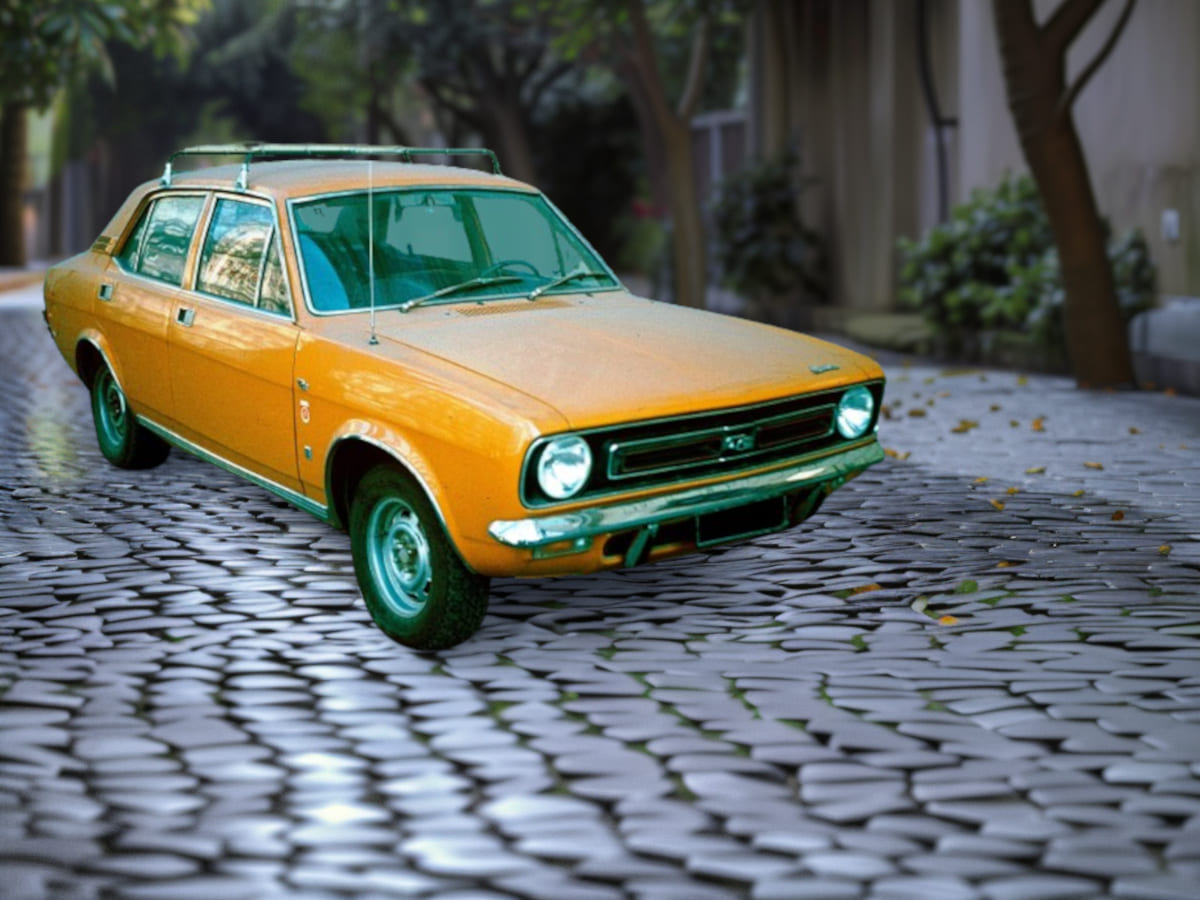
The Morris Marina, hailing from the UK, is the automotive equivalent of British cuisine — practical, but hardly exciting. Launched with hopes of revitalizing the British car industry, the Marina quickly became infamous for its shoddy build quality and dismal handling.
With suspension that felt like it was borrowed from a trampoline and a steering system as precise as a weather forecast, driving the Marina was an adventure in chaos. Let's just say it was as eye-catching as beige wallpaper in a beige tiled room. The Marina proved that not everything British is great – sometimes it's just greatly disappointing. God save the Queen... from this car!
Fiat 500E

Fiats are little cars with big reputations...for being terrible. The 500E is Fiat's attempt at an electric version of their car in response to growing demand. Unfortunately, this little car has fallen flat. Insurance agencies often claim the vehicle totaled in the lightest of fender benders.
These cars also often suffer from a choppy ride, noisy interior, and the driving position is usually considered awkward among drivers. Fiat's CEO doesn't even like this car.
SsangYong Rodius

The SsangYong Rodius, a bold attempt by South Korea's SsangYong Motor Company to redefine the MPV segment, divided opinions with its unconventional design and spacious interior. Introduced in the mid-2000s, it boasted seating for up to seven passengers and aimed to blend practicality with distinctive styling.
But, its bulbous exterior and polarizing looks garnered criticism for being aesthetically challenged. Despite its shortcomings in design, the Rodius offered competitive pricing and a range of features, appealing to larger families and commercial use. Its legacy serves as a reminder of SsangYong's ambition to innovate in the MPV market, albeit with varying degrees of success in striking a balance between form and function.
Fiat 500L

Another Fiat makes it onto the list. The big brother to the 500E, this car has only gotten worse every year on Consumer Reports's overall reliability rating.
This tiny car packs a massive headache of problems with the brakes, in-car electronics, power equipment, and mechanical parts being particular problems. It might be cute but the repair bills won't be.
Daewoo Lanos
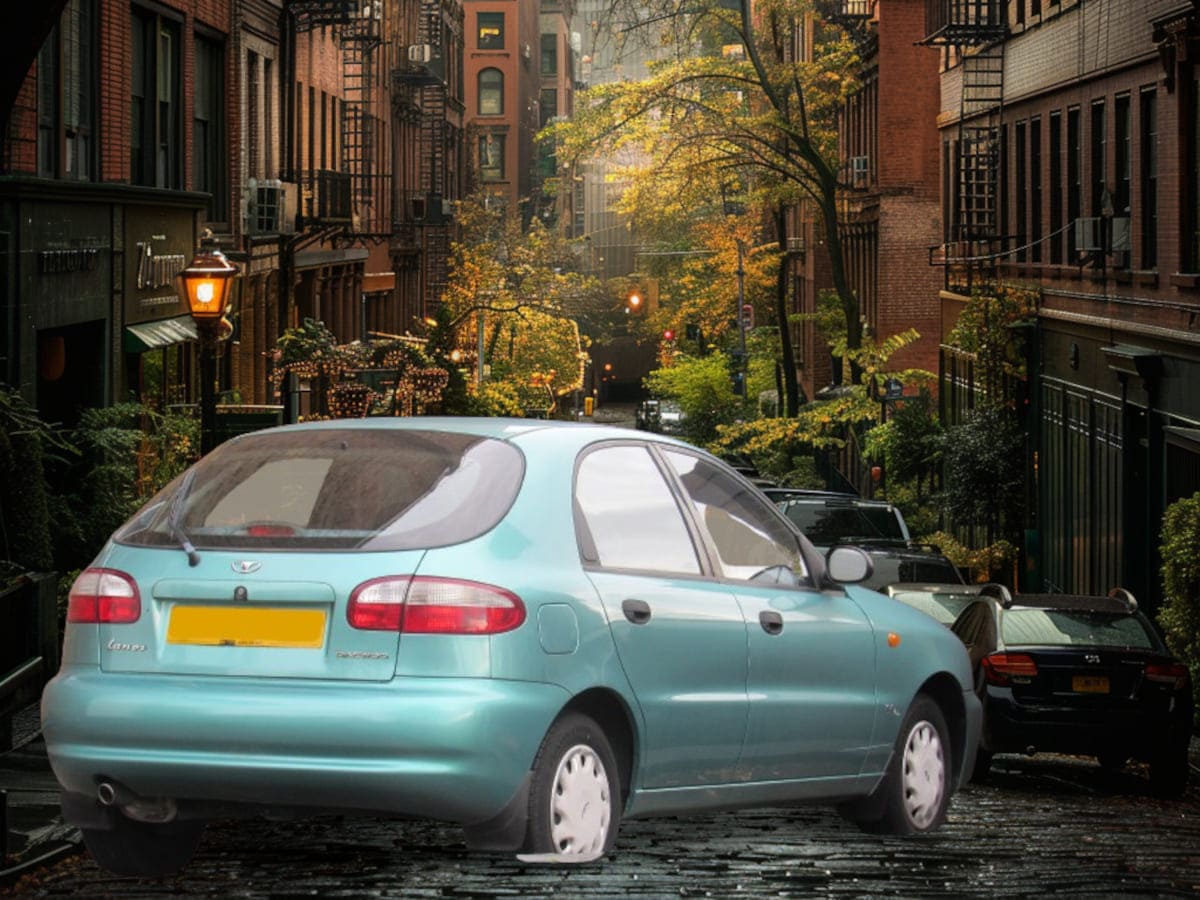
The Daewoo Lanos, a product of South Korea's ambitious foray into the global automotive market in the 1990s, aimed to offer an affordable yet stylish compact car. With its modern design and competitive pricing, the Lanos initially garnered attention for its value proposition. However, it faced criticism for its lackluster build quality, underwhelming performance, and basic interior features compared to established rivals.
Despite these challenges, the Lanos found a niche following for budget-conscious buyers seeking reliable transportation. Its legacy serves as a testament to Daewoo's efforts to compete on the global stage, highlighting both successes and shortcomings in the fiercely competitive automotive industry.
Volkswagen Touareg

The SUV craze sweeping the nation resulted in the Volkswagen Touareg, which debuted in the U.S. back in 2002. Its powerful engine resulted in a complex layout that required the entire block to be removed to fix even the simplest problem.
To us, that seems like a design flaw. Plus, it raises the cost of any repair work that's needed.
Austin Allegro
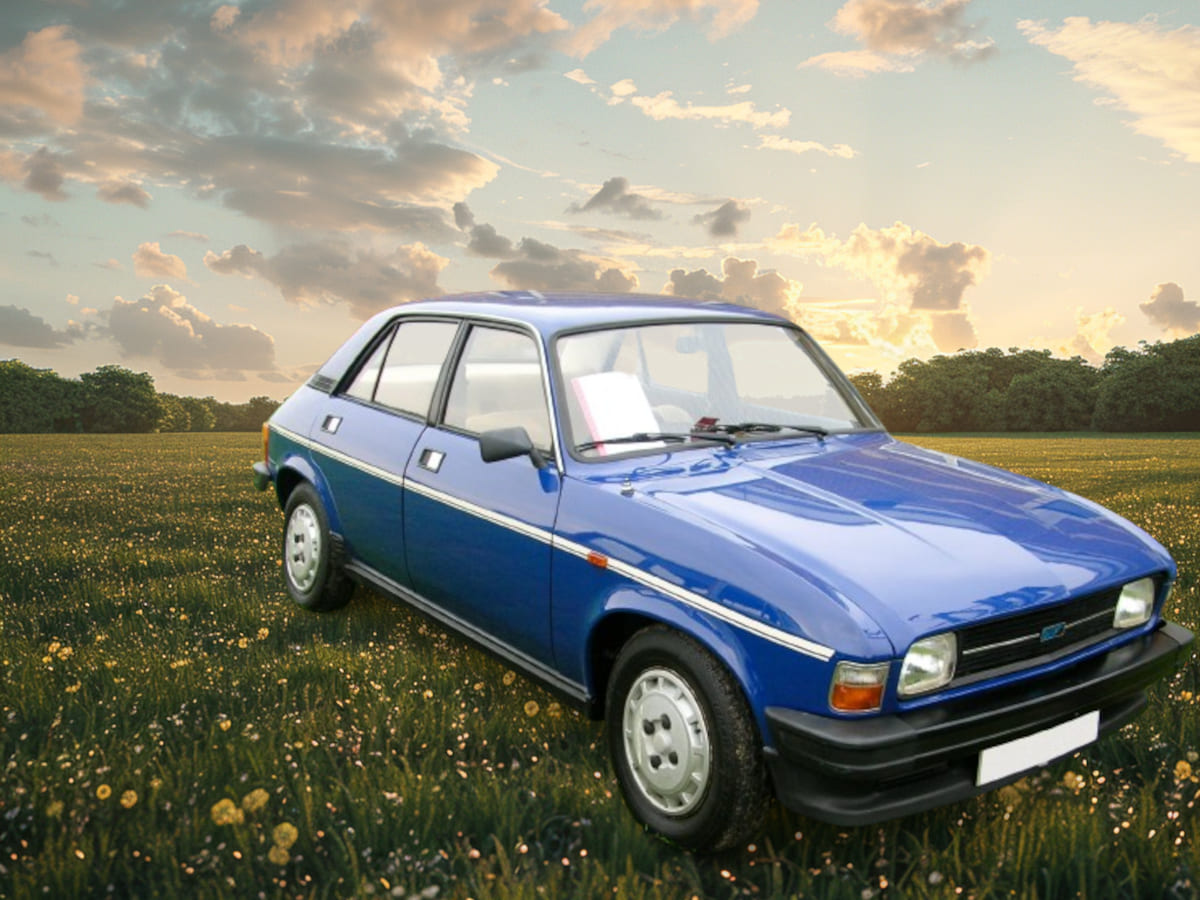
The Austin Allegro, a quintessential British car of the 1970s, aimed to redefine the family sedan with its innovative design and advanced features. However, its distinctive "quartic" steering wheel and bold styling choices were met with mixed reviews.
Nicknamed the "All Aggro," it quickly became famous for its ability to fall apart faster than a soggy biscuit in tea. Its bold styling choices were matched only by its bold disregard for actually working properly.
Despite its flaws (or perhaps because of them), the Allegro remains a nostalgic icon – proof that sometimes, British ingenuity is best appreciated from a safe distance.
Chery QQ3

Chery is a Chinese brand that's known for putting out cars made from cheap, low-quality parts that are usually severely underpowered. The QQ3 is the lowest of the low for this brand.
In 2008, this was the cheapest new car in the world and could be purchased for $4,000 in 2012. Just don't expect anything over 70 horsepower from its three engine options or any type of safety features that usually come standard on American cars.
Hyundai Excel

The Hyundai Excel, introduced in the 1980s, marked South Korea's entry into the global automotive market with a practical and affordable compact car. Praised for its fuel efficiency and reliable performance, the Excel quickly gained popularity, especially in North America and Australia.
Buuuut~ its early models were criticized for their basic interior quality and susceptibility to rust. Despite these initial setbacks, continuous improvements and competitive pricing helped the Excel become a bestseller, establishing Hyundai as a credible player in the international automotive arena. The Excel's success paved the way for Hyundai's growth and evolution into a leading global automaker known for innovation and value.
Mazda RX-8

With a rotary engine that allows for well-balanced power, you would think that this car would be a dream, right? Wrong. Rotary engine seals wear out quickly, and even those with way under 100,000 miles can lose a lot of compression.
There’s also a risk of the oil mixing with gas in the combustion chamber. Welcome to engine problems galore!
Citroën C3 Pluriel
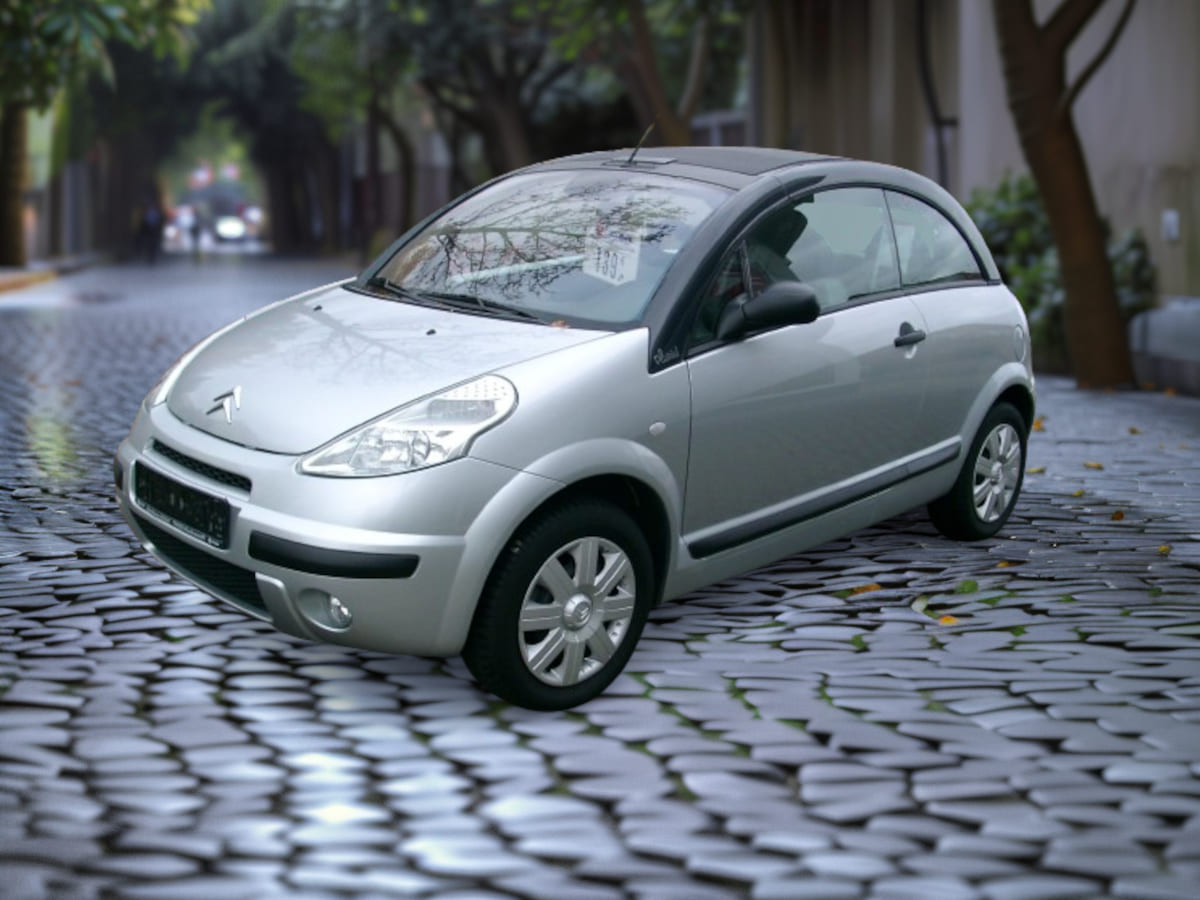
The Citroën C3 Pluriel, France's ambitious attempt at blending a convertible, coupe, and hatchback into one quirky package, left many scratching their heads. With its removable roof panels and versatile configurations, it promised a fun and versatile driving experience. However, reality quickly set in.
Owners soon discovered that transforming the Pluriel from coupe to convertible was akin to solving a Rubik's cube — complex and frustrating.
The roof mechanism was prone to leaks and malfunctions, turning rainy days into unexpected showers inside the car. Despite its innovative spirit and playful design, the Pluriel struggled to find its people, overshadowed by more practical and reliable competitors.
Kia Cadenza

The Cadenza is Kia's response to the Chevrolet Impala and the Toyota Avalon. On the plus side, the Cadenza is roomy and quiet with easy handling.
On the other hand, it's only an average car. The Cadenza is known for issues with engine cooling, the climate system, and emissions/fueling systems. Studies have also found that owners of the Cadenza had to bring their cars in for unscheduled repairs twice as often as other full-size cars.
Alfa Romeo Arna
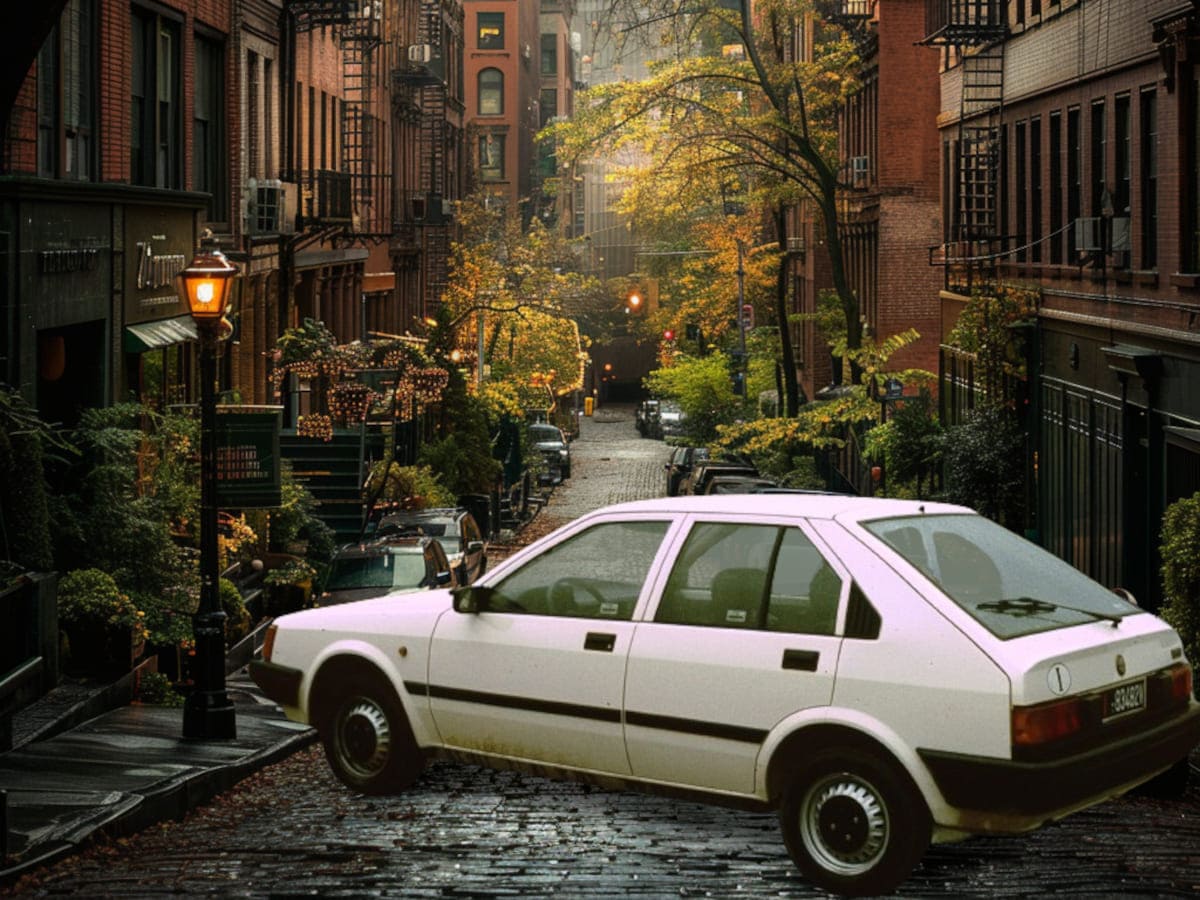
The Alfa Romeo Arna, a collaboration between Italian style and Japanese engineering, aimed to blend the best of both worlds. However, what emerged was a car that struggled to find its identity. Born from the partnership between Alfa Romeo and Nissan, the Arna promised sporty Italian flair with the reliability of Japanese craftsmanship.
Unfortunately, it fell short on both fronts. Its awkward design and uninspiring performance left enthusiasts underwhelmed, while reliability issues plagued its reputation. Critics lamented its lack of charisma compared to Alfa Romeo's usual offerings, and Nissan loyalists found it lacking in Japanese precision. Sometimes, synergy doesn’t translate into success on the road.
Volkswagen Golf TDI

It may be popular but it probably shouldn't be. The peppy Golf TDI often has transmission problems at higher mileages (mostly in older models).
The rear brakes have also been known to wear out quickly, and there's a whole host of other problems. We recommend looking elsewhere.
Mitsubishi Mirage

The Mirage entered the U.S. in 2014 and was met with only a lukewarm reception. The car is known for its bargain price, but that's the only compliment it'll receive.
The car’s handling has been described as weak and clumsy, the interior is cheap, and the car, in general, is noisy with sluggish acceleration. It often ranks at the bottom of all major car review lists.
Yugo GV

The GV was made in the former Yugoslavia. When it arrived in the U.S., the goal was to market the car as the cheapest vehicle on the market. What Americans got, however, was headache instead of an economic deal.
The GV had terribly build quality, and Consumer Reports called it "a barely assembled bag of nuts and bolts."
Smart ForTwo

When this car was introduced to the U.S. market, it was marketed for its 38 miles per gallon fuel economy, but even that wasn't enough to save this tiny thing.
This car's transmission is known for being one of the worst in the world, coupled with horrendous design and absolutely minimal storage space. In our eyes (and lots of others, apparently), this car is in no way worth it.
Suzuki Samurai

This one's an older car, but it's worth talking about because of just how bad it flopped. Originally introduced in 1985, the Samurai was actually successful until 1998 when Consumer Reports absolutely annihilated it.
Consumer Reports found that the Samurai was dangerously unsafe for American roads. The car was ultimately recalled and abandoned.
Nissan Armada

Basically, the Armada is a clone of the Infiniti QX80, except that the Armada is quiet and has great towing capabilities. That's something...
The downside? This thing has the worst fuel economy (excluding heavy-duty pickups) with only 14 miles per gallon combined. To make matters worse, it also has clumsy handling.
Jaguar F-Pace

Jaguar’s first attempt at an SUV, the F-Pace was released in 2017 and was quickly declared unreliable by Consumer Reports. After a year of real-life testing, the F-Pace remained among the worst.
The car’s noisiness and driving systems gave it a bad name, and it was quickly deemed as a pricey new model that was ultimately behind the times.
Volvo XC90

Similar to the Jaguar F-Pace, this luxury SUV has yet to live up to its promise. The car does have a strong engine and transmission, which win it some points, but the interior technology couldn't be worse.
According to Consumer Reports, the XC90s in-car electronics had the lowest rating the tester could give. Power equipment and portions of the basic electrical system also fell short for what was expected of a luxury brand.
Jaguar XE

Named as Consumer Reports 2019 Worst Compact Luxury Sedan, the XE falls short in several categories. Interior materials and assembly are both considered subpar in comparison to competitors.
The XE has a glitchy infotainment system, the back seat is cramped, and the engine auto stop-start is defined as abrupt and unrefined.
Alfa Romeo Giulia

We have several luxury cars that are making this list, and it's honestly really surprising. The Giulia received a dismal rating from Consumer Reports, and many reviewers reported major mechanical issues during their tests.
This is only the most recent in a long line of Alfa Romeo cars with major reliability issues. Stay away.
Mitsubishi i-MiEv

Trust us, there's a reason you've never heard of this car. A cheap electric car with a range of fewer than 60 miles and an overall golf cart-like driving experience, the i-MiEV received a super low road test score.
This car couldn't even compare to competitors such as the Chevrolet Bolt or the Nissan Leaf. Plus, its bulbous design was an embarrassment. Might as well get a Power Wheels.
Fiat Multipla

Italy's gift to the automotive world, or maybe its practical joke, is the Fiat Multipla. This bizarre creature seems to have escaped from a funhouse mirror, with a face only its father could love (possibly after a few glasses).
Critics have criticized its poor handling, tight cabin, and unreliable performance. Despite its efforts to reimagine family transportation, the Multipla became more of a joke than a game changer. If there’s one thing to learn here, it’s that sometimes, it’s okay to blend in with the crowd.
Peugeot 1007
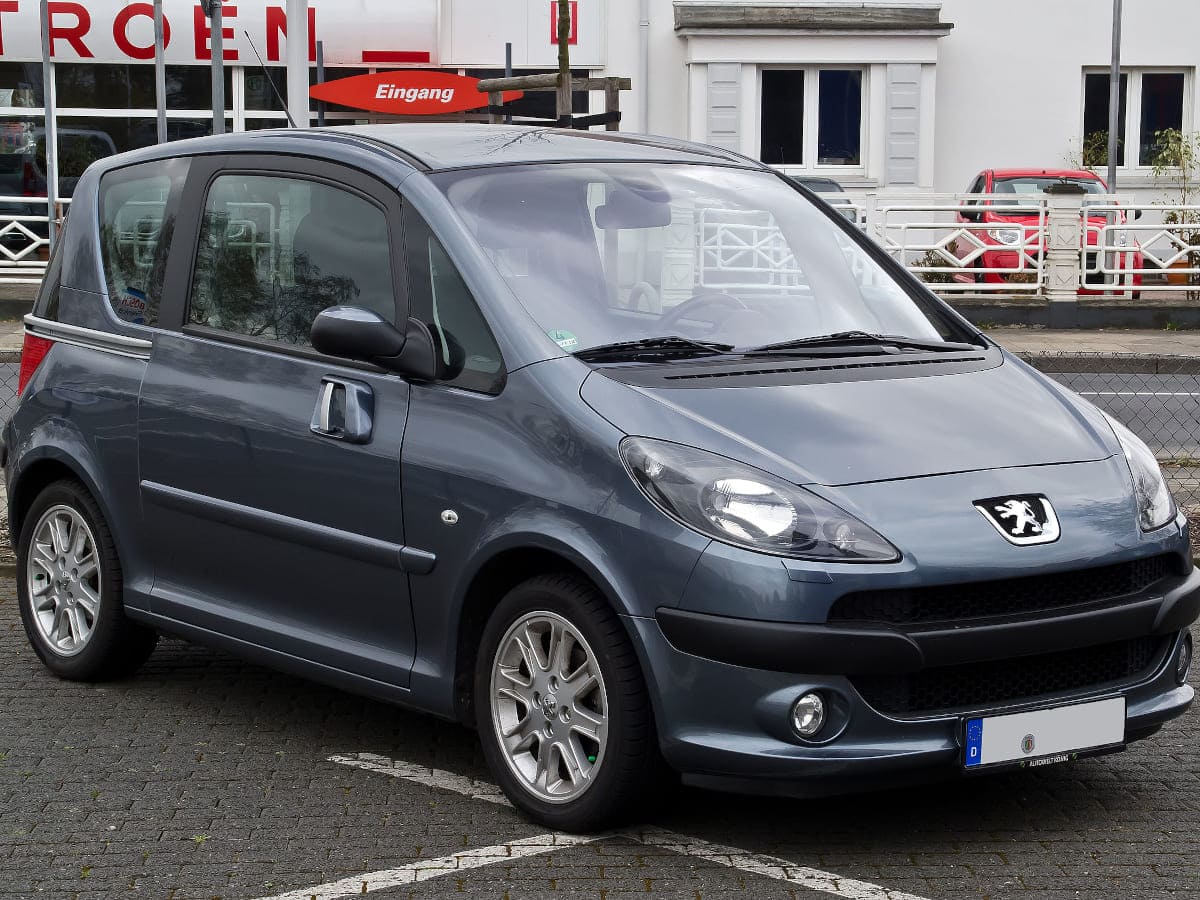
Enter the Peugeot 1007, France's attempt at redefining the city car with sliding doors and more quirk than a Wes Anderson film. But alas, it slid right off the mark faster than you could say "escargot." This compact car promised innovation but delivered frustration, primarily due to its sluggish performance and awkward automatic gearbox.
The 1007’s heavy weight made it as nimble as a snail on a leisurely stroll. Despite its novelty doors and customizable interiors, the car couldn’t escape complaints about reliability and lackluster fuel economy.
Renault Alliance
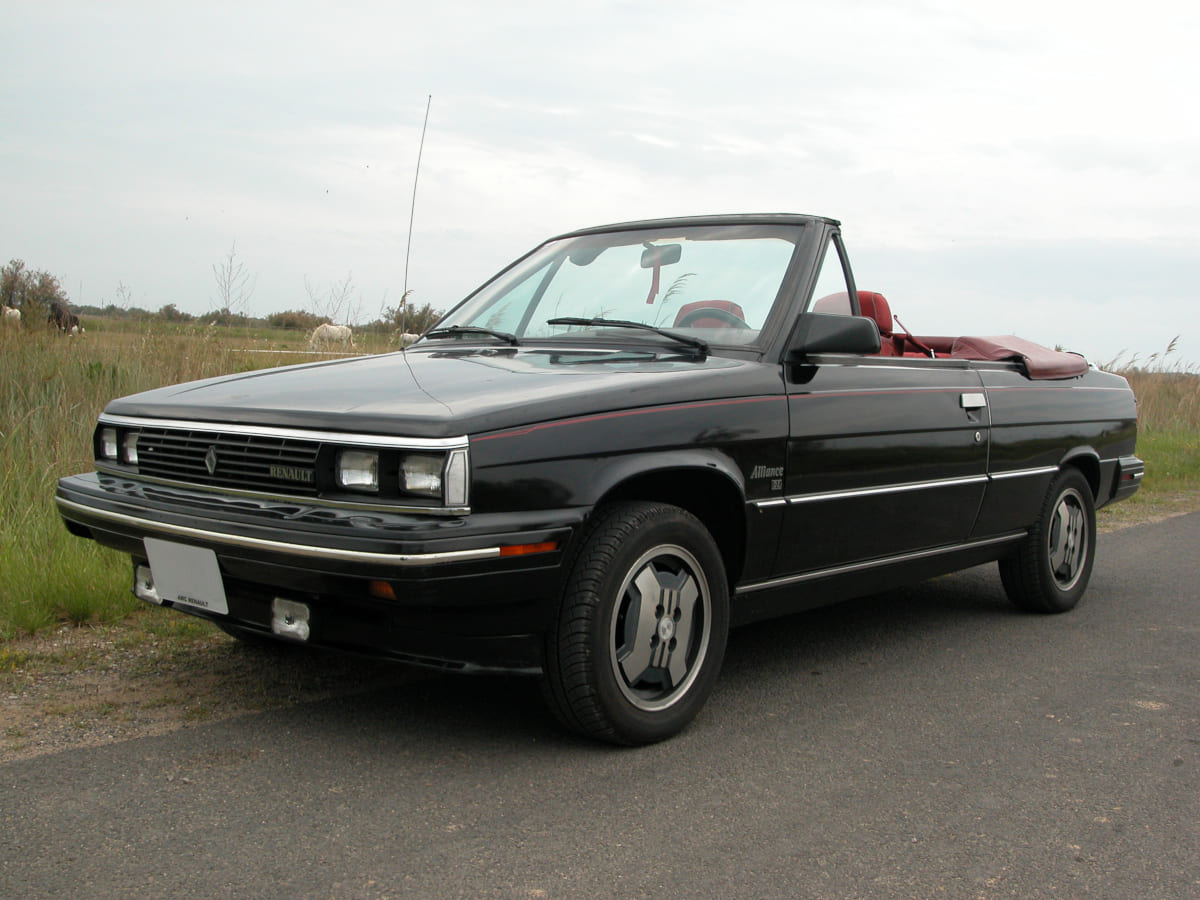
The Renault Alliance, a French-American collaboration, was meant to charm the US market, but ended up more like a cross-continental misadventure. Lauded initially for its fuel efficiency, the honeymoon phase ended quickly as owners faced a deluge of mechanical woes.
From build quality flimsier than a croissant to electrical systems seemingly designed by mischievous gremlins, the Alliance was determined to keep repair shops in business.
With performance that could make a sloth yawn and styling blander than unseasoned tofu, this car was the automotive equivalent of a bad blind date. Turns out, not all Franco-American ventures are as successful as fries, folks!
Triumph Stag

Meet the Triumph Stag: Britain's answer to the question nobody asked, "Can we make a car that looks great, but works terribly?"
On paper, this convertible was the bee's knees – sleek styling, V8 grunt, and open-top flair. In reality? It was more "triumph" of style over substance.
The Stag's engine had a peculiar talent for overheating, turning leisurely drives into impromptu roadside picnics. Electrical issues and rust problems further tarnished its reputation. While it looked ready for a James Bond chase scene, it was more likely to star in "Breakdown: The Movie." The Stag proved that British engineering could indeed triumph... at creating beautiful lawn ornaments.
Suzuki X-90

Ladies and gentlemen, meet the Suzuki X-90 – Japan's answer to a question absolutely no one asked. This automotive oddball is the result of throwing an SUV, a coupe, and a convertible into a blender. With T-tops and a design that screams "beach day!" and "mountain adventure!" simultaneously, the X-90 is automotive indecision at its finest.
Under its wacky exterior? A cramped interior, performance that could be outpaced by a determined jogger, and ride quality smoother than a gravel road. While it boasted off-road capability, most owners never dared to test its limits, preferring to stay safely on pavement. Despite its bold attempt to create a niche, the Suzuki X-90 mostly serves as a cautionary tale in automotive circles.
Rover CityRover
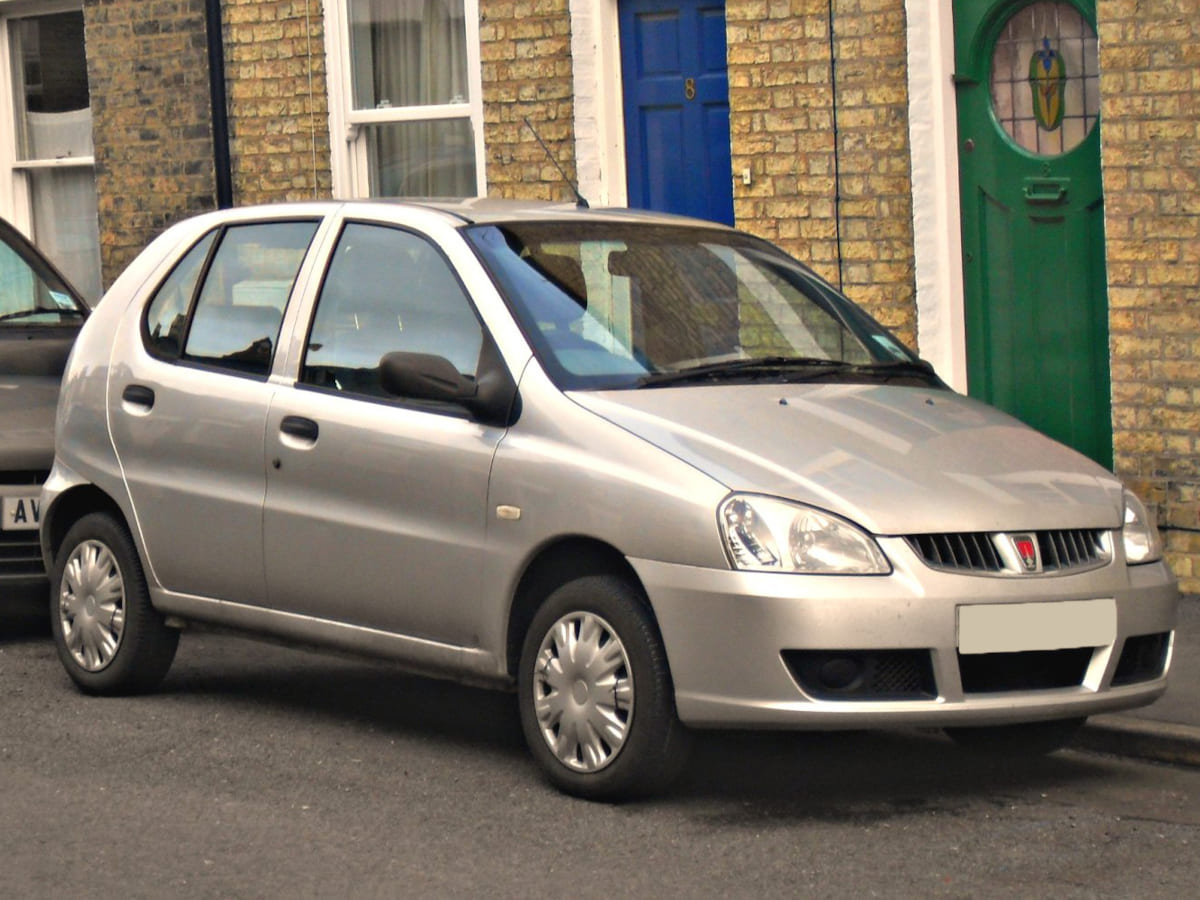
The Rover CityRover, a British attempt to offer an affordable urban runabout, hit the streets with all the subtlety of a sledgehammer. Imported from India and based on the Tata Indica, it arrived in the UK with promises of practicality and budget-friendly motoring.
Unfortunately, the reality was less than stellar.
The CityRover struggled with an outdated design, less than awesome build quality, and a driving experience that felt more like a chore than a pleasure.
Its underwhelming performance and reliability issues quickly earned it a spot among the least-loved cars in the UK. Despite efforts to market it as a practical city car, the Rover CityRover failed to charm buyers and quietly faded into automotive obscurity, leaving behind a legacy best forgotten.
Lancia Beta

The Lancia Beta, a stylish Italian offering from the 1970s, aimed for luxury and practicality, but stumbled over notorious rust issues that plagued its bodywork, earning it the nickname "the car that dissolved before your eyes."
Despite its initial acclaim for handling and comfort, reliability woes tarnished its reputation and sales. The Beta's legacy serves as a cautionary tale about the importance of quality control in automotive design, yet it retains a nostalgic charm among enthusiasts for its Italian flair, and the engineering ambition behind it.
Daihatsu Sirion
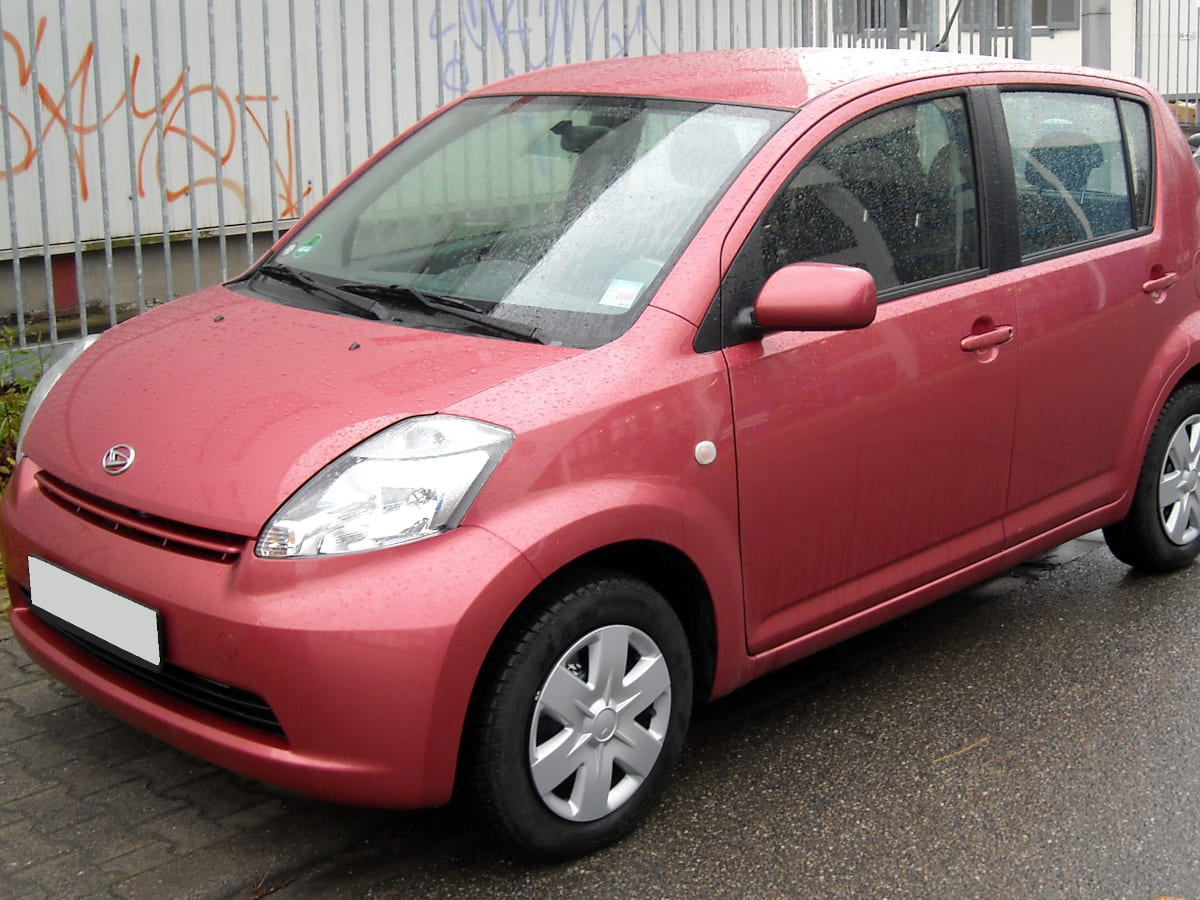
The Daihatsu Sirion, a Japanese compact car, aimed to blend practicality with nimble city driving. Known for its efficient use of space and reliable performance, the Sirion offered a "no-nonsense" approach to urban mobility.
With an interior roomier than your average Tokyo apartment and an engine peppier than a caffeinated hamster, the Sirion was the automotive equivalent of sensible shoes.
Sure, its design was about as inspiring as grass growing, and its features list was shorter than a haiku. But hey, who needs style when you've got reliability that could outlast a nuclear apocalypse? For those who find excitement in dependability, the Sirion was pure automotive nirvana. For everyone else, this was a hard pass.
Renault Dauphine
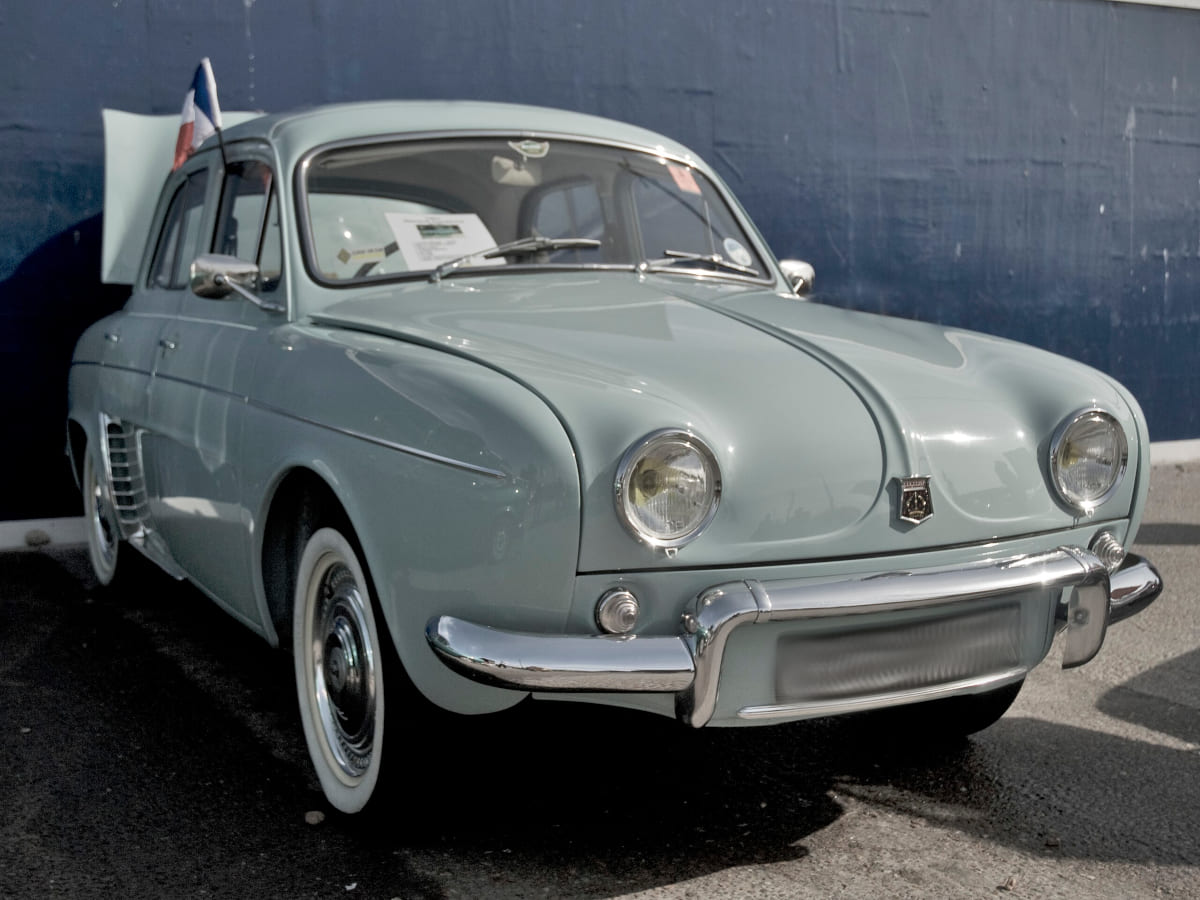
The Renault Dauphine was France's post-war attempt to provide affordable family motoring. And boy did it capture hearts with its charming design and practicality. This charming little rear-engined wonder rolled onto the scene in the 1950s, promising affordable family motoring with a side of ooh-la-la. With a design as cute as a button and an interior roomier than a Parisian apartment, the Dauphine quickly became the toast of France.
But alas, like a soufflé, it looked better than it performed. In colder climates, it had all the reliability of a politician's promise. And its acceleration? Let's just say escargot could give it a run for its money. Despite its flaws, the Dauphine remains a nostalgic icon – proof that sometimes, charm trumps function. Vive la France!
Tata Nano
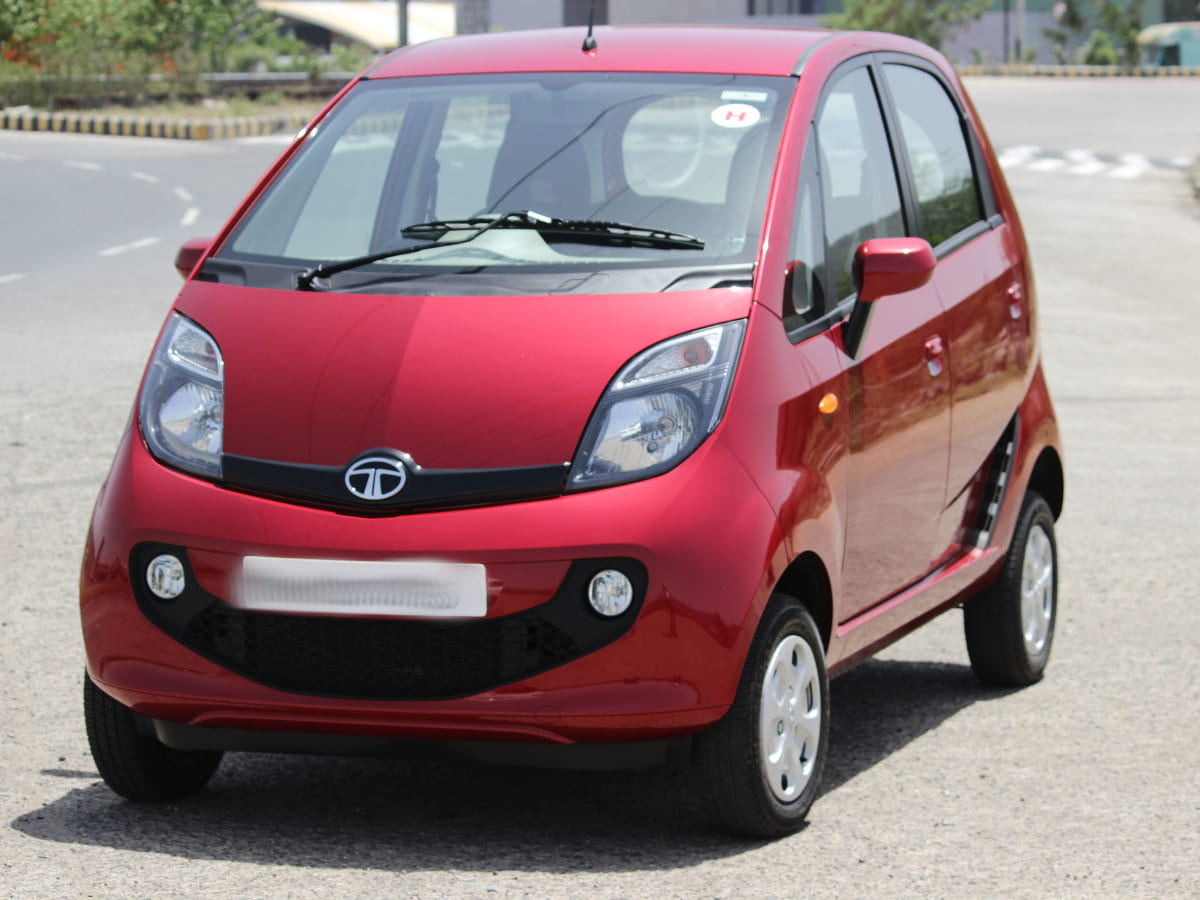
The Tata Nano, heralded as the world's cheapest vehicle when it debuted in 2008, sought to revolutionize personal mobility in India and beyond. With its small size and low price, the Nano offered mobility to millions who had up-until-then depended on two-wheelers. However, early excitement dissipated owing to quality flaws, safety concerns, and poor performance.
Despite Tata Motors' attempts to enhance the Nano over the years, including as new variants and marketing campaigns, it has failed to lose its reputation as a simple, no-frills car. But to this day the Nano remains a symbol of ambitious engineering and creativity in making automobiles more accessible to a larger public.
Reliant Robin
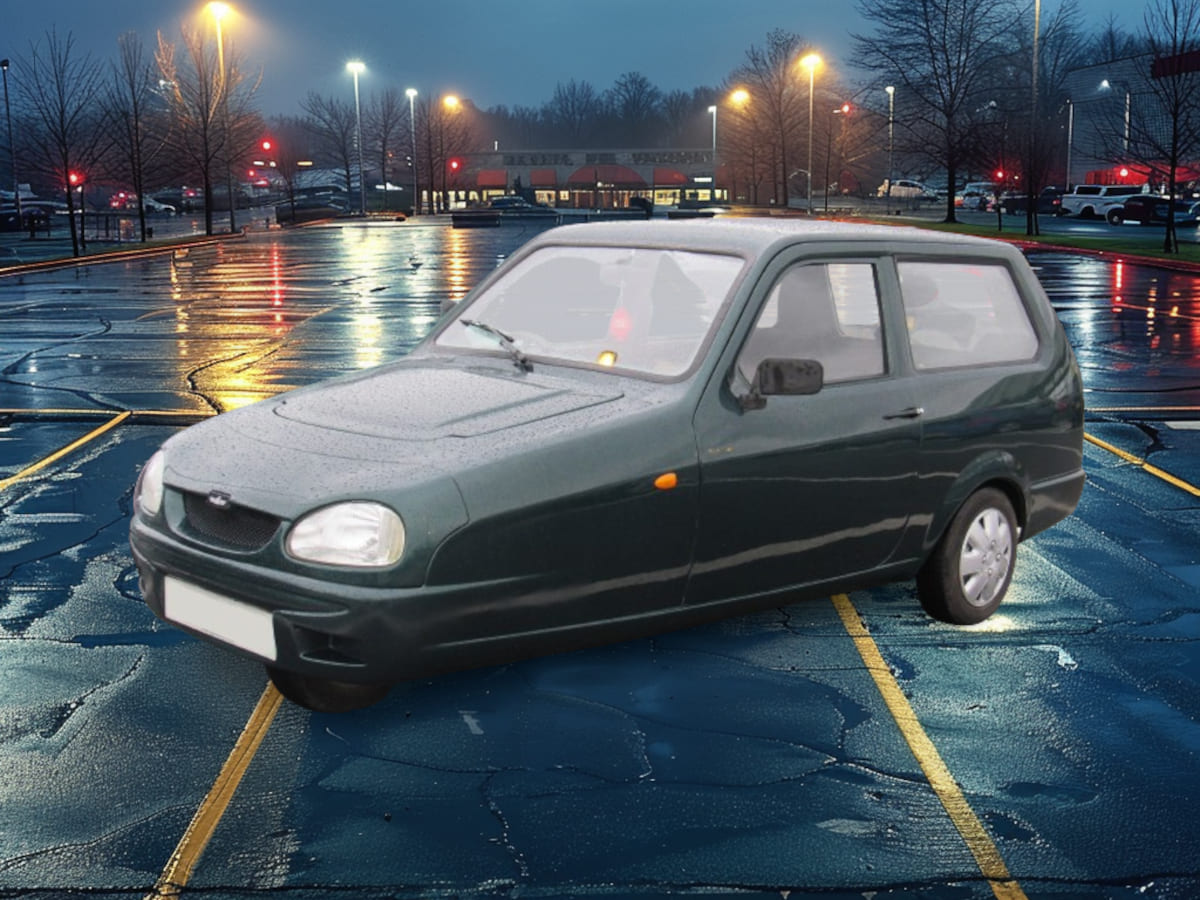
The Reliant Robin, a charming three-wheeled car from the UK, sought to provide economical transportation and unparalleled agility in city streets. With its unconventional design, boasting a single wheel at the front and two at the rear, this vehicle made quite a name for itself when it was introduced in the 1970s.
Although the Robin received accolades for its impressive fuel efficiency and economical operation, it faced challenges when it came to stability, particularly in gusty winds or when navigating sharp turns. The lightweight fiberglass body and minimalist interior of this vehicle contribute to its charm, but also added to the danger of driving it.
In spite of these obstacles, the Reliant Robin garnered a devoted group of fans due to its quirkiness, and came to represent British ingenuity in the automotive industry.
 Author
Payton Turner
Last Updated: October 19, 2025
Author
Payton Turner
Last Updated: October 19, 2025